Home>Gardening & Outdoor>Landscaping Ideas>When To Plant Tall Fescue Grass
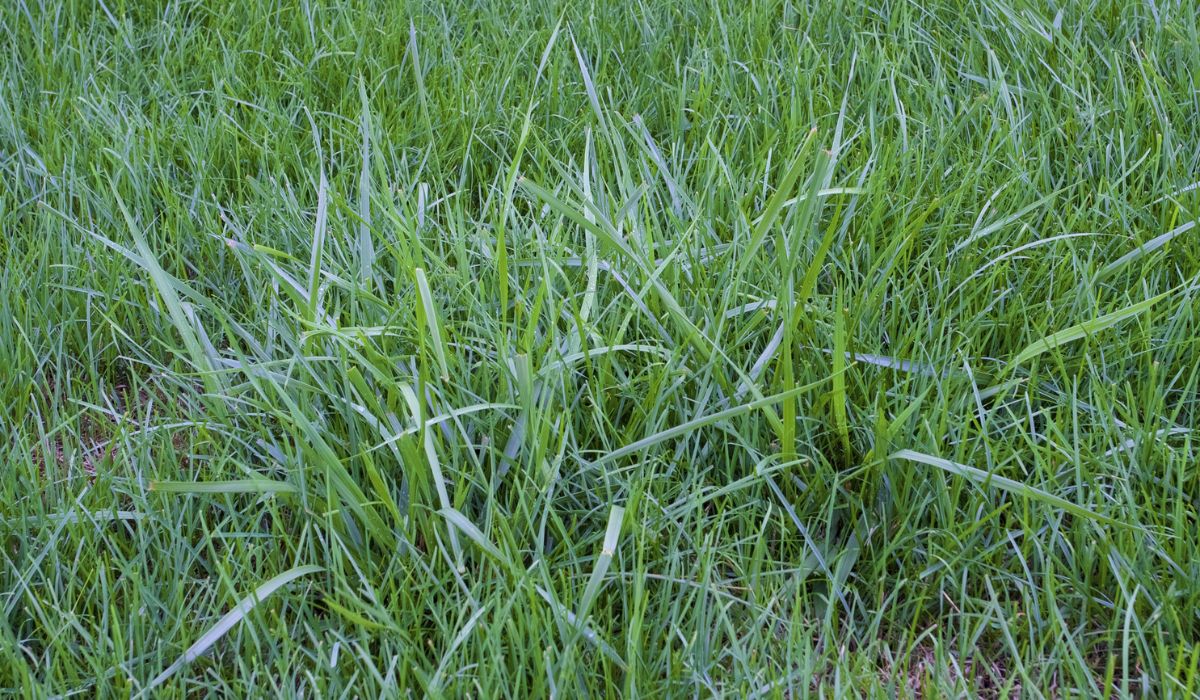

Landscaping Ideas
When To Plant Tall Fescue Grass
Modified: August 17, 2024
Discover the best time for planting tall fescue grass in your landscaping project. Get expert tips and ideas for successful lawn establishment.
(Many of the links in this article redirect to a specific reviewed product. Your purchase of these products through affiliate links helps to generate commission for Storables.com, at no extra cost. Learn more)
Introduction
Are you ready to transform your lawn into a lush, verdant oasis? If so, planting tall fescue grass could be the key to achieving your dream landscape. With its fine texture, deep green hue, and exceptional adaptability, tall fescue grass is a popular choice for homeowners seeking a resilient and visually appealing lawn.
In this comprehensive guide, we will delve into the nuances of tall fescue grass, exploring the best time to plant it, the essential steps for successful planting, and valuable maintenance tips to ensure your grass thrives for years to come. Whether you are a seasoned gardener or a novice enthusiast, this article will equip you with the knowledge and confidence to cultivate a stunning tall fescue lawn.
Join us as we embark on a journey to uncover the beauty and benefits of tall fescue grass, empowering you to elevate your outdoor space with its enduring charm and vitality. Let's dive in and unlock the secrets to a flourishing, vibrant lawn that will be the envy of the neighborhood.
Key Takeaways:
- Plant tall fescue grass in early fall for a vibrant, low-maintenance lawn. Its resilience and deep roots make it perfect for diverse climates, with minimal upkeep required.
- To maintain tall fescue grass, water deeply, fertilize in fall and spring, and keep it at 2.5-3.5 inches. Regular monitoring and aeration will keep your lawn lush and resilient.
Read more: When To Plant Fescue Grass In Tennessee
Understanding Tall Fescue Grass
Before delving into the intricacies of planting and caring for tall fescue grass, it is essential to grasp the fundamental characteristics that make this species a standout choice for lawns. Tall fescue, scientifically known as Festuca arundinacea, is a cool-season grass celebrated for its resilience and adaptability.
This grass variety boasts a fine texture and a rich, emerald green color that adds a touch of elegance to any landscape. Its remarkable ability to withstand drought, heat, and heavy foot traffic makes it a popular option for lawns in various climates. Whether you reside in a region with scorching summers or chilly winters, tall fescue grass can thrive and maintain its allure throughout the year.
One of the defining features of tall fescue grass is its deep root system, which enables it to access water and nutrients from the soil with exceptional efficiency. This characteristic not only contributes to the grass’s durability but also enhances its resistance to drought and heat stress, ensuring that your lawn remains vibrant and resilient even in challenging conditions.
Furthermore, tall fescue grass exhibits impressive disease resistance, minimizing the need for extensive maintenance and chemical interventions. Its robust nature makes it an environmentally friendly choice, reducing the reliance on pesticides and herbicides while promoting a healthy and sustainable lawn ecosystem.
When it comes to maintenance, tall fescue grass is relatively low-maintenance compared to other grass species, making it an attractive option for homeowners seeking a beautiful lawn without excessive upkeep. Its adaptability to various soil types and its tolerance for partial shade further contribute to its allure, offering flexibility in landscaping and design.
Understanding the inherent strengths and unique attributes of tall fescue grass lays the groundwork for successful cultivation and long-term enjoyment of a vibrant, resilient lawn. Armed with this knowledge, you are poised to embark on a rewarding journey of nurturing and enhancing your outdoor space with the enduring charm of tall fescue grass.
Best Time to Plant Tall Fescue Grass
Timing is crucial when it comes to planting tall fescue grass, as selecting the optimal season can significantly impact the success of your lawn. Understanding the seasonal dynamics and the unique growth patterns of tall fescue grass is essential for ensuring a robust and thriving lawn.
For individuals residing in regions with distinct seasons, the ideal time to plant tall fescue grass is during the early fall. This timeframe allows the grass to establish strong roots before the onset of winter, setting the stage for vigorous growth in the following spring. The milder temperatures and increased moisture during the fall create favorable conditions for root development, enabling the grass to anchor itself firmly in the soil and prepare for the dormant winter months.
Planting tall fescue grass in the early fall also aligns with the natural growth cycle of cool-season grasses, capitalizing on their propensity to flourish during the cooler months. By sowing the seeds or laying sod in the early fall, homeowners can leverage the grass’s inherent resilience and vitality, setting the foundation for a lush and vibrant lawn.
While the early fall is the preferred window for planting tall fescue grass, the late summer months also present a viable opportunity for establishing a new lawn or overseeding an existing one. The warmer temperatures and ample sunlight during late summer facilitate rapid germination and initial growth, allowing the grass to take root and develop before the arrival of colder weather.
It is important to note that planting tall fescue grass in the spring is generally discouraged, as the warmer temperatures and potential drought conditions can pose challenges for the grass’s establishment. However, if spring planting is unavoidable, it is crucial to provide diligent irrigation and monitoring to support the grass’s early growth and fortify its resilience against summer stressors.
By strategically timing the planting of tall fescue grass, homeowners can optimize the grass’s potential for robust growth and long-term vitality. Embracing the seasonal rhythms and capitalizing on the grass’s adaptive nature sets the stage for a stunning and enduring lawn that will be a source of pride and enjoyment throughout the year.
Plant tall fescue grass in the early fall or early spring for best results. This will give the grass time to establish before the heat of summer or the cold of winter.
Steps for Planting Tall Fescue Grass
Embarking on the journey of planting tall fescue grass entails a series of deliberate steps designed to foster strong root development and ensure the grass’s successful establishment. By adhering to these essential guidelines, homeowners can lay the groundwork for a resilient and visually captivating lawn that will thrive for years to come.
1. Soil Preparation: Begin by preparing the soil to create an optimal environment for the tall fescue grass seeds or sod. Remove any debris, such as rocks or roots, and loosen the soil to a depth of approximately 6 inches. Incorporate organic matter, such as compost, to improve the soil’s texture and fertility, providing an ideal foundation for the grass to take root.
2. Seed Sowing or Sod Installation: Depending on your preference and the existing condition of your lawn, you can opt to sow tall fescue grass seeds or install sod. When sowing seeds, distribute them evenly across the prepared soil, ensuring thorough coverage. For sod installation, lay the pieces of sod in a staggered pattern, pressing them firmly to promote contact with the soil.
3. Watering: After sowing the seeds or laying sod, water the area thoroughly to initiate the germination process and facilitate the initial growth of the grass. Ensure that the soil remains consistently moist but not waterlogged, providing the ideal conditions for the seeds to sprout or the sod to establish roots.
4. Fertilization: Once the grass begins to establish itself, consider applying a high-quality fertilizer specifically formulated for tall fescue grass. This will provide essential nutrients to support the grass’s growth and fortify its resilience, contributing to a lush and vibrant lawn.
5. Mowing and Maintenance: As the tall fescue grass matures, adopt a regular mowing schedule to maintain an optimal height of approximately 2.5 to 3.5 inches. Additionally, monitor the lawn for any signs of weeds or pests, addressing them promptly to preserve the grass’s health and appearance.
6. Irrigation and Monitoring: Consistent and adequate irrigation is crucial during the early stages of growth, promoting strong root development and ensuring the grass’s resilience. Monitor the soil moisture levels and adjust the irrigation frequency as needed, taking into account the prevailing weather conditions and the grass’s specific requirements.
By following these meticulous steps for planting tall fescue grass, homeowners can cultivate a stunning and enduring lawn that embodies the timeless allure and resilience of this remarkable grass variety. With patience, attention to detail, and a commitment to nurturing the grass through its formative stages, you can create an outdoor oasis that will be a source of pride and enjoyment for years to come.
Maintenance Tips for Tall Fescue Grass
Once your tall fescue grass has taken root and graced your lawn with its lush greenery, maintaining its health and vibrancy becomes paramount. By implementing the following maintenance tips, you can ensure that your tall fescue lawn remains resilient, visually captivating, and a source of pride throughout the seasons.
1. Proper Watering: Establish a consistent watering routine, aiming for deep, infrequent watering sessions rather than frequent shallow irrigation. This encourages the development of deep roots and enhances the grass’s ability to withstand periods of drought. Monitor the soil moisture and adjust the watering schedule based on the prevailing weather conditions.
2. Fertilization: Apply a high-quality fertilizer specifically formulated for tall fescue grass in the early fall and late spring. This supports the grass’s growth, fortifies its resilience, and promotes a vibrant green color. Avoid over-fertilization, as this can lead to excessive top growth and diminish the grass’s drought tolerance.
3. Mowing Practices: Maintain a mowing height of approximately 2.5 to 3.5 inches for tall fescue grass, adjusting the height based on the specific cultivar and the prevailing environmental conditions. Avoid removing more than one-third of the grass blade length in a single mowing session to prevent stress and maintain the grass’s vigor.
4. Weed Control: Regularly inspect your lawn for weeds and address them promptly to prevent competition for resources and maintain the uniformity of the grass. Consider using targeted herbicides or manual removal for effective weed management while minimizing the impact on the tall fescue grass.
5. Aeration: Periodic core aeration can benefit tall fescue grass by alleviating soil compaction, enhancing root development, and improving the penetration of water and nutrients. Aim to aerate the lawn in the early fall to maximize the grass’s recovery and growth potential.
6. Monitoring and Disease Management: Keep a watchful eye on your tall fescue lawn for signs of disease or stress, such as discoloration, thinning, or unusual patches. Promptly address any issues through proper cultural practices, such as adjusting watering and fertilization, to maintain the grass’s health and vitality.
7. Overseeding: Consider overseeding your tall fescue lawn in the early fall to rejuvenate its density and address any thin or bare areas. This practice can enhance the lawn’s visual appeal and fortify its resilience, contributing to a lush and uniform expanse of grass.
By embracing these maintenance tips and integrating them into your lawn care regimen, you can preserve the enduring beauty and resilience of your tall fescue grass, creating a captivating outdoor space that beckons with its lush greenery and vitality. With a commitment to attentive care and a deep understanding of the grass’s unique requirements, you can revel in the splendor of a thriving tall fescue lawn year after year.
Read more: When To Plant Kentucky 31 Fescue Grass Seed
Conclusion
Cultivating a stunning and resilient lawn with tall fescue grass is a gratifying endeavor that rewards homeowners with enduring beauty and vitality. From understanding the unique attributes of tall fescue grass to strategically timing its planting and implementing diligent maintenance practices, this remarkable grass variety offers a wealth of benefits and opportunities for creating an enchanting outdoor oasis.
By delving into the nuances of tall fescue grass, we have unveiled its exceptional adaptability, deep-rooted resilience, and enduring allure, setting the stage for a thriving lawn that withstands the tests of time and nature. Its ability to thrive in diverse climates, withstand heavy foot traffic, and resist diseases positions tall fescue grass as a premier choice for homeowners seeking a visually captivating and low-maintenance lawn solution.
The best time to plant tall fescue grass, typically in the early fall, aligns with the grass’s natural growth cycle and creates an optimal environment for robust root development. By following meticulous steps for planting, including soil preparation, watering, and fertilization, homeowners can establish a strong foundation for their tall fescue lawn, fostering its long-term health and vibrancy.
Furthermore, the maintenance tips provided offer invaluable guidance for preserving the resilience and beauty of tall fescue grass, encompassing essential practices such as proper watering, fertilization, mowing, and weed control. By integrating these maintenance strategies into your lawn care routine, you can ensure that your tall fescue lawn remains a source of pride and enjoyment throughout the seasons.
As you embark on your journey of cultivating a lush and enduring lawn with tall fescue grass, remember that patience, attentiveness, and a deep understanding of the grass’s unique requirements are key to achieving remarkable results. Whether you are establishing a new lawn or revitalizing an existing one, the timeless allure and resilience of tall fescue grass will grace your outdoor space with its enduring charm and vitality.
Embrace the opportunity to create a captivating outdoor sanctuary that reflects the beauty and resilience of nature, and revel in the splendor of a thriving tall fescue lawn that invites you to savor the simple joys of life amidst its lush greenery and enduring allure.
Frequently Asked Questions about When To Plant Tall Fescue Grass
Was this page helpful?
At Storables.com, we guarantee accurate and reliable information. Our content, validated by Expert Board Contributors, is crafted following stringent Editorial Policies. We're committed to providing you with well-researched, expert-backed insights for all your informational needs.

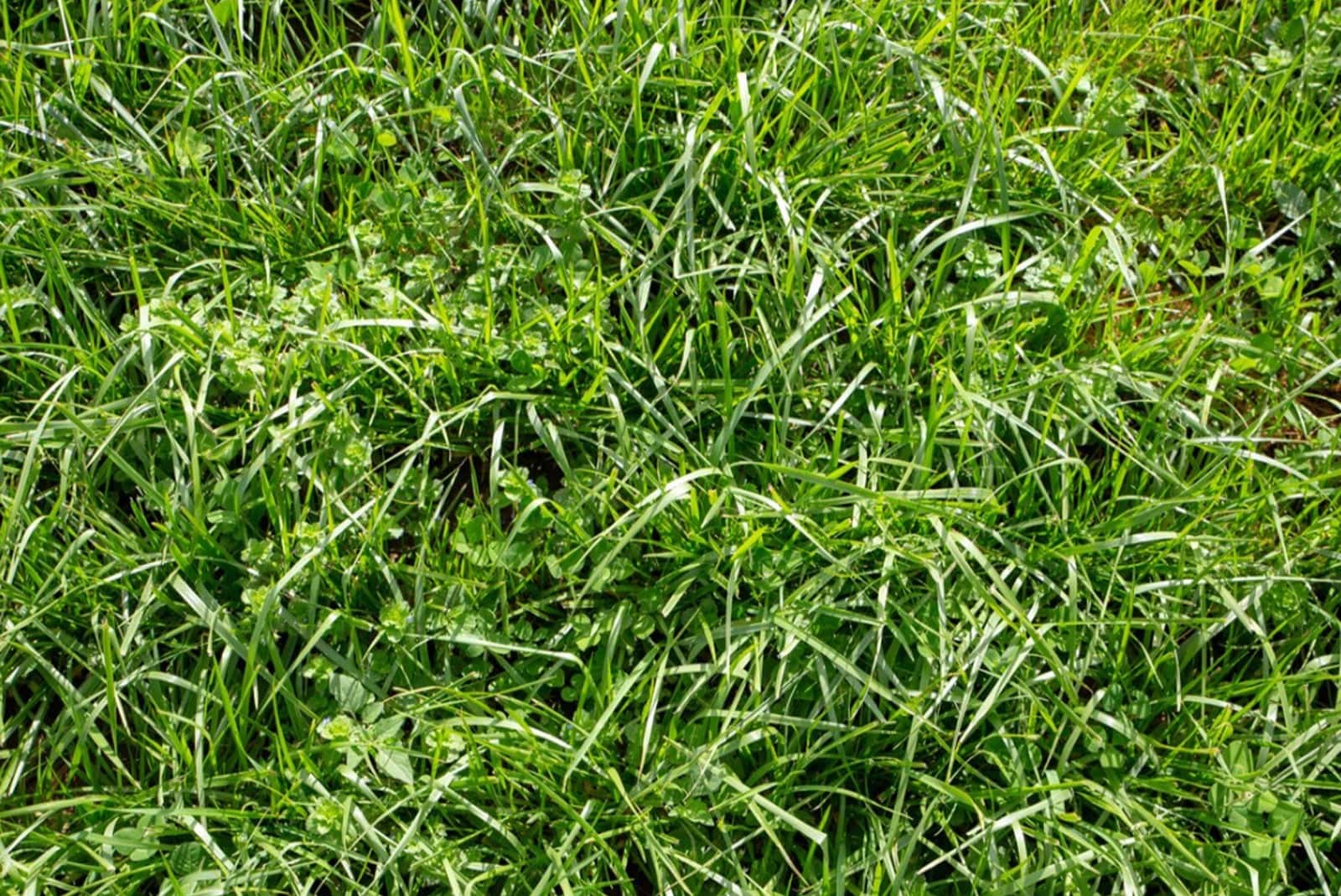

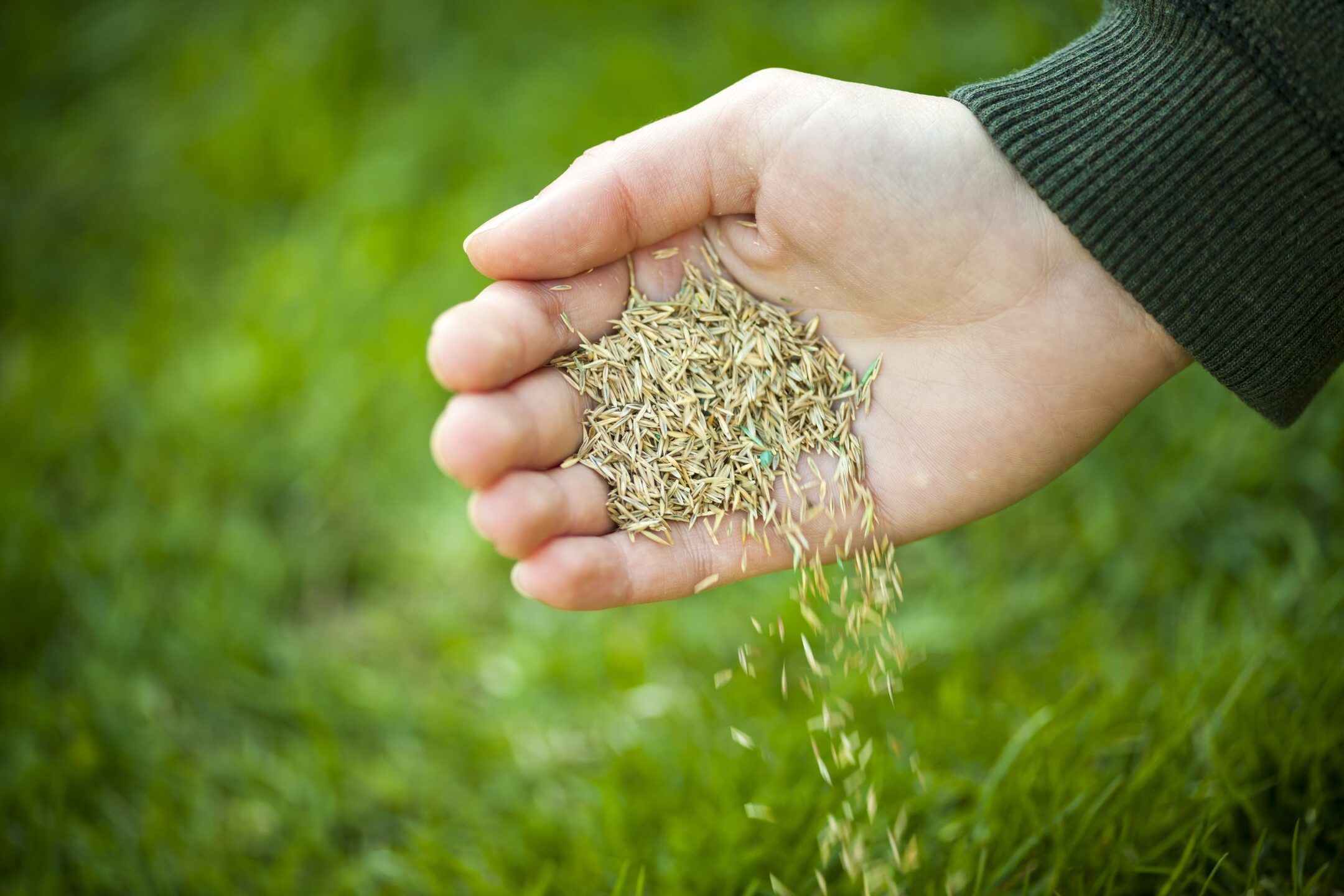



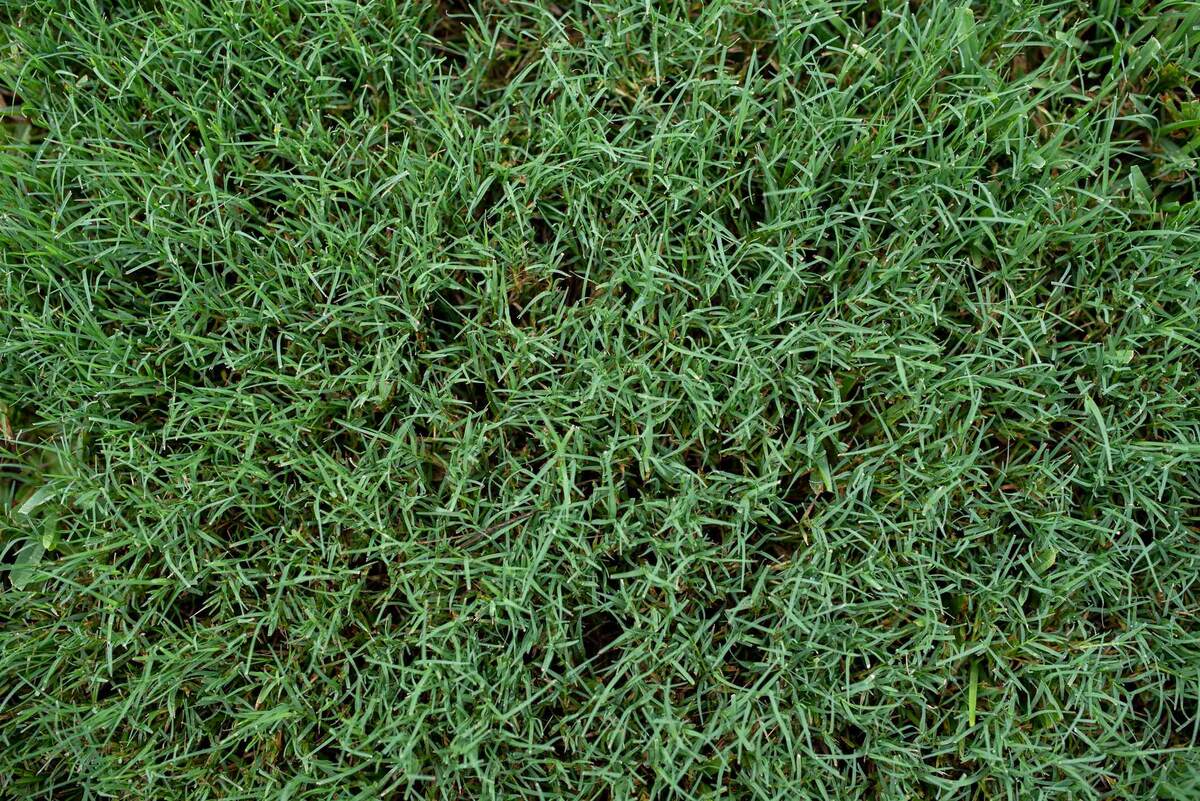
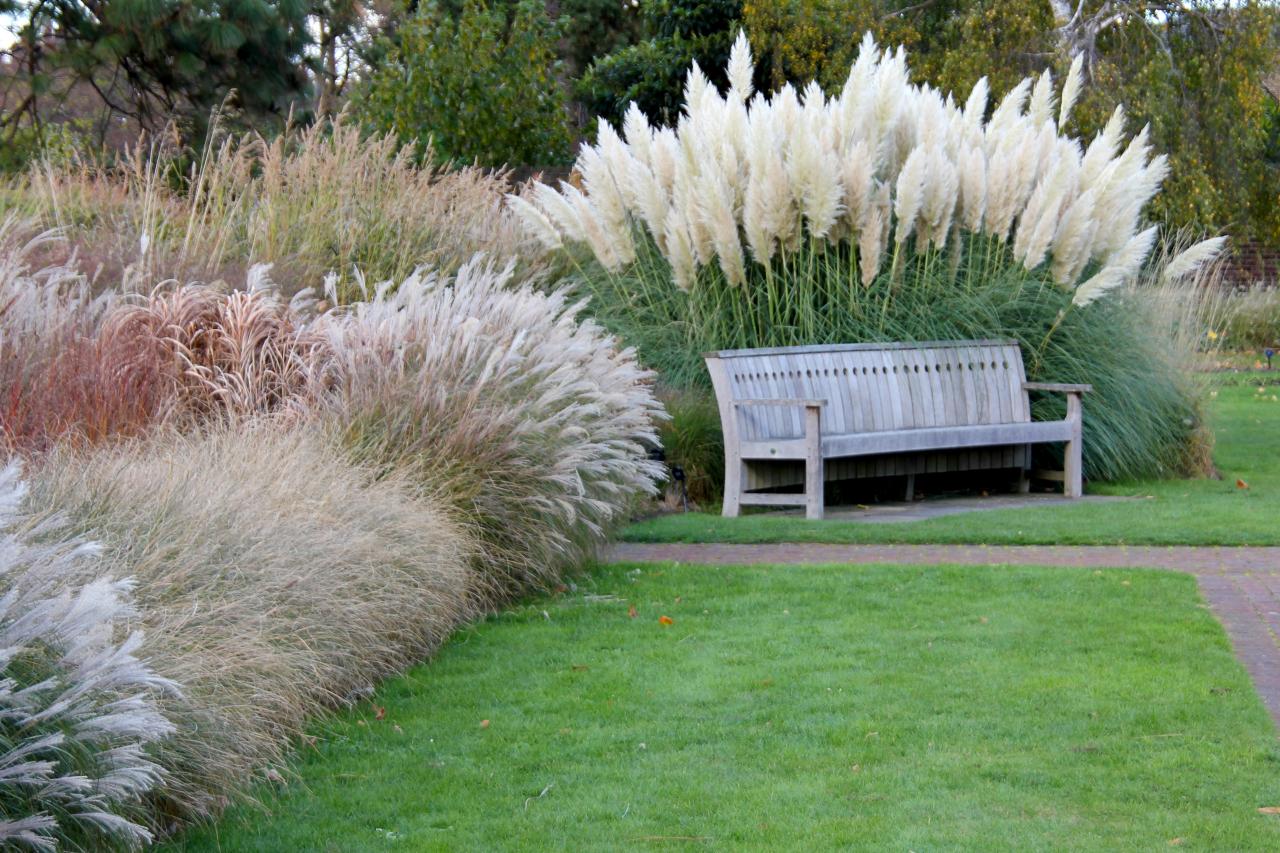
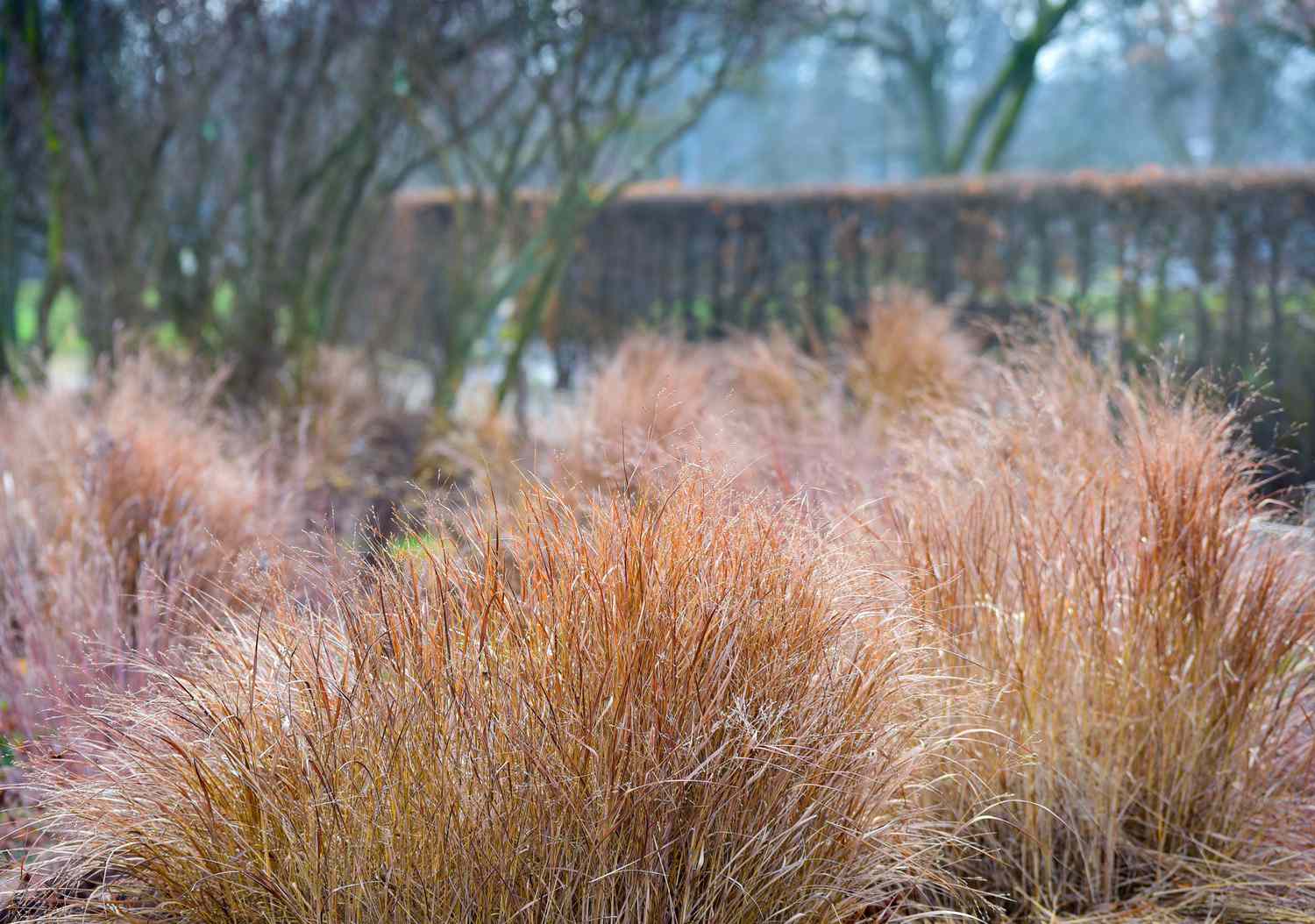
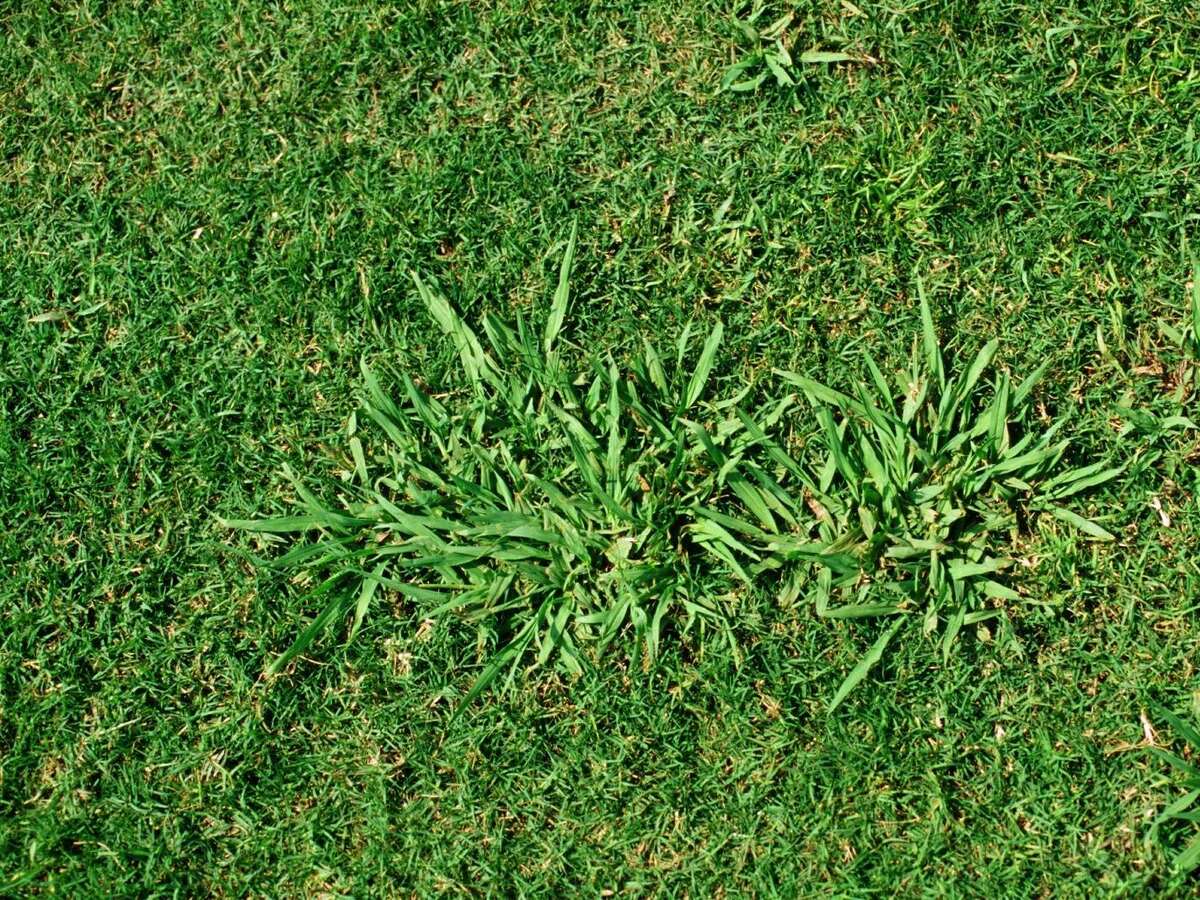
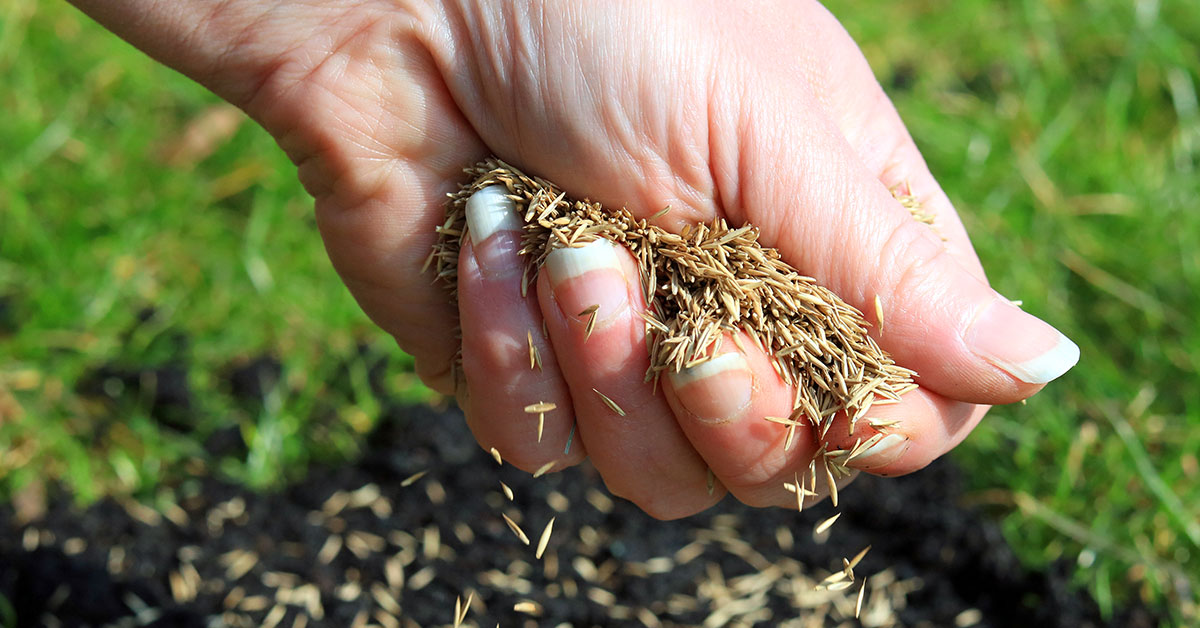

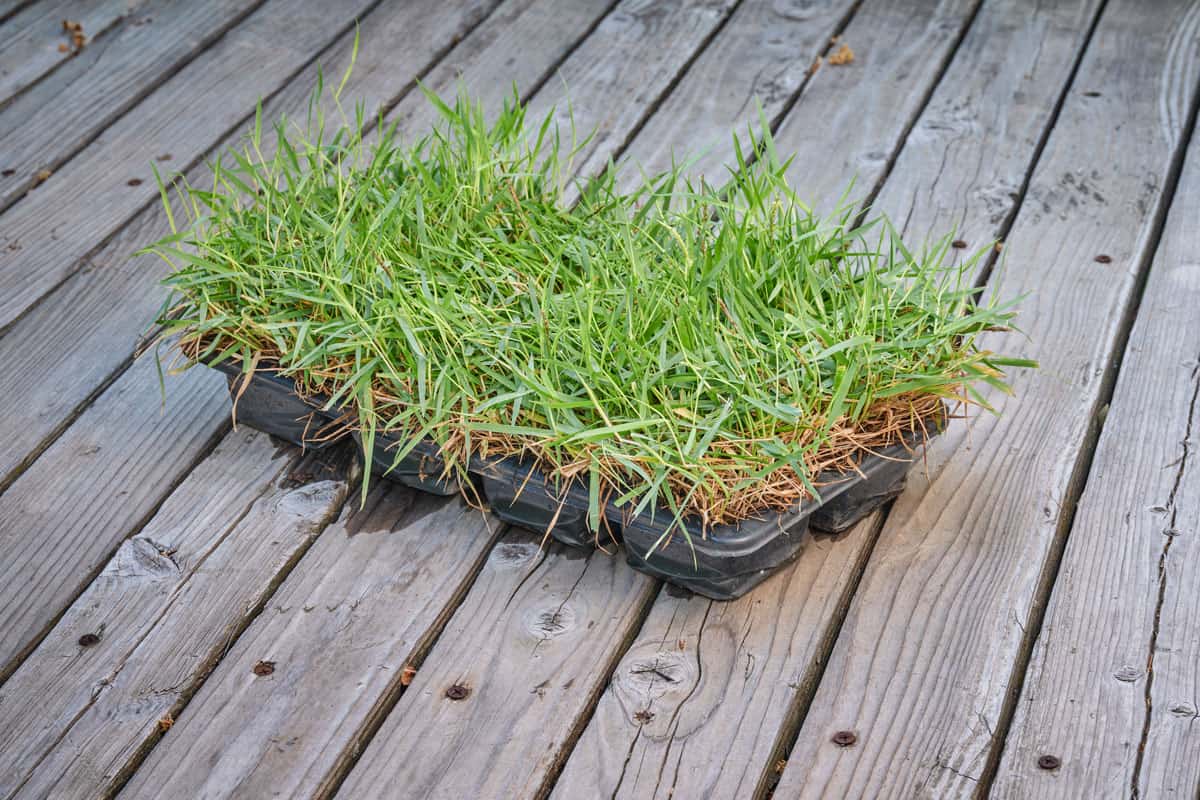

0 thoughts on “When To Plant Tall Fescue Grass”